Enhancing safety measures for nurses and all caregivers
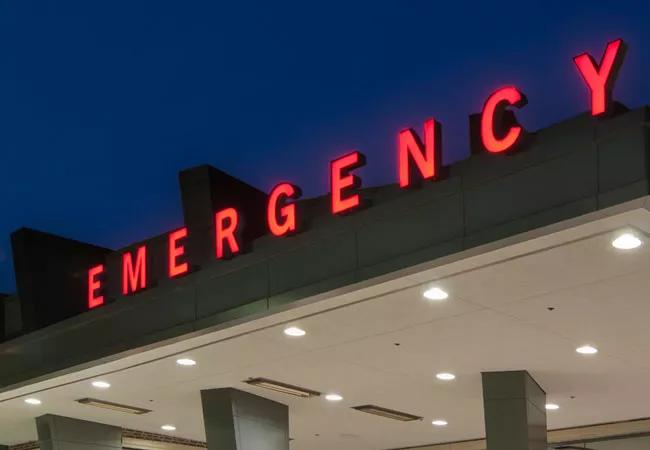
In recent years, Cleveland Clinic has significantly ramped up its efforts to improve caregiver safety and reduce workplace violence – especially in the Emergency Department (ED) setting.
Cleveland Clinic is a non-profit academic medical center. Advertising on our site helps support our mission. We do not endorse non-Cleveland Clinic products or services. Policy
At the February 2019 ‘State of the Clinic’ address to Cleveland Clinic caregivers, President and CEO Tom Mihaljevic, MD, stressed the need to reduce caregiver violence and enhance caregiver safety. He noted a national epidemic of violence against healthcare workers, specifically in EDs, and cited the confiscation of more than 30,000 weapons from Northeast Ohio Cleveland Clinic facilities in 2018.
As the topic of workplace violence continues to grow as a national issue, we have learned how it impacts areas such as the Emergency Department. In fact, data shows that one-in-three ED nurses (33%) consider leaving their positions after being victimized.
When Barbara Morgan, MSN, RN, NE-BC, stepped into her role as Associate Chief Nursing Officer (ACNO) for Cleveland Clinic’s Emergency Services in June 2018, she said safety in the ED was one of her top priorities – not only for nursing, but all caregivers.
“Cleveland Clinic has always invested tremendous energy in ensuring caregiver safety, but as we saw violent behavior become more widespread, we realized we needed to develop a very intentional plan focused on prevention and the ability to execute the plan throughout all of our Emergency Departments,” says Morgan. “In partnership with Cleveland Clinic’s Police and Protective Services, ED nurse leaders collaborated to create that plan and implement a unified, standardized approach to caregiver safety in all EDs.”
The result was a comprehensive 6-point safety plan that included the following:
“The standardized 6-point safety plan has been widely successful in helping ensure a safer environment for our ED caregivers,” adds Morgan. “For example, in 2019, our new system-wide magnetometers helped our Protective Services team confiscate nearly 28,000 objects from patients prior to ED entry, including edged weapons, pepper spray and tasers.”
Morgan says the work Cleveland Clinic has done to improve safety in its EDs has also set the tone for many safety strategies beyond the ED.
Janet Schuster, MBA, BSN, RN, NEA-BC, Chief Nursing Officer for Lutheran Hospital and co-chair of Cleveland Clinic’s enterprise-wide Workplace Violence Prevention Committee agrees and says the need to improve ED safety has been a cornerstone of all safety initiatives in all care settings.
For example, the ED plan requirement for NAPPI training of all ED caregivers spurred an enterprise-wide training requirement for all nursing caregivers. So, today all 24,000 Cleveland Clinic nursing caregivers have the opportunity to complete NAPPI training, with all new nursing caregivers completing the training upon hire.
The Workplace Violence Prevention Committee helps prepare caregivers to recognize, prevent and react to workplace violence. The primary message to caregivers is: ‘see something, say something, do something.’ Schuster co-chairs the committee with Stephen Meldon, MD and Ashley Withrow, MSSA, LISW-S.
In partnership with Cleveland Clinic Police Chief David Easthon, the committee also includes caregiver representation from: human resources, legal and ombudsman services, employee assistance and workers compensation, professional staff affairs, operations communications, clinical risk management, environmental health and safety, patient safety, diversity and inclusion, and, of course, emergency services, and others. Additionally, the committee seeks input and encourages participation from Cleveland Clinic’s Florida region as well as international locations, such as Abu Dhabi.
“Over the course of my entire career, this committee has been one of the most active and interested groups of people on this topic that I’ve ever seen,” says Schuster. “We have more than 20 representatives from across all areas of the organization.”
One of the committee’s most recent accomplishments was the development of the Workplace Violence component of Cleveland Clinic’s Safety Event Reporting System (SERS). An online system, the SERS allows any caregiver to report a near miss, process problem or patient event, which is anything that occurs in the hospital or outpatient setting that caused or has the potential to cause a medical error or injury. Additionally, the committee has been using the SERS reporting to analyze the number of Code Violet incidents in the enterprise report for data trending and analysis.
“There are many variables that affect people’s propensity to violence – and it’s not just drugs and alcohol – it’s much more complicated than that,” says Schuster. “Across our health system, we’ve all been educating ourselves and have learned so much over the last few years about improving safety and preventing violence against our caregivers.”
The past year Schuster has also been a member of the National Quality Forum and its National Quality Partners™ action team to prevent healthcare workplace violence in the future. Cleveland Clinic was one of 28 member organizations represented.
Schuster and the action team worked to create national action-oriented strategies to prevent, report and root out healthcare workplace violence, including:
“My participation in this action team was a phenomenal experience and a true validation that what we are doing at Cleveland Clinic for ED caregiver safety and all caregiver safety is accurate and ahead of the game,” Schuster adds.
Schuster and Morgan say some of Cleveland Clinic’s remaining 2020 caregiver safety efforts include:
Additionally, Cleveland Clinic is planning to host a virtual healthcare safety conference, known as the SHIELD Conference, in late 2020 or early 2021. Cleveland Clinic held its first SHIELD Conference in 2018 to educate frontline caregivers and support staff on social factors that impact safety in healthcare.
“We are very excited and energized about our plans for the future and how we can continue to make Cleveland Clinic the safest place to work in healthcare,” Schuster says.

Phone triage system reduces call backs and delays in care
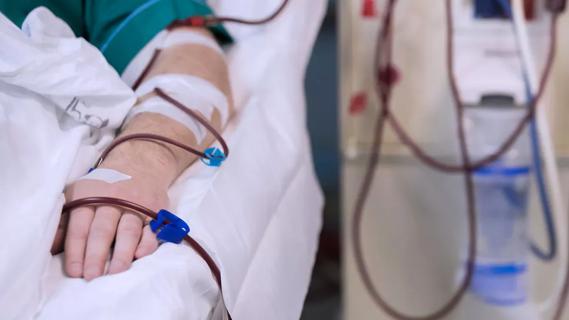
New protocol reduces costs, increases patient and caregiver satisfaction
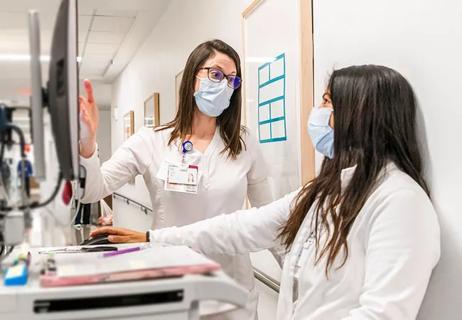
New options benefit caregivers, nursing units and patients
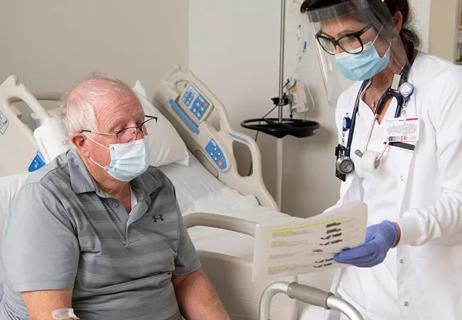
Nurses facilitate preoperative program to educate and prepare patients for ongoing care

Introduces at-home work and new patient screening tool

Health disparities, mental health and more

Ideas for approaches to prevention, response and more
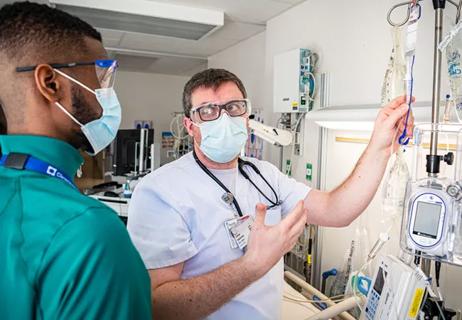
Educating and developing generations of nurses